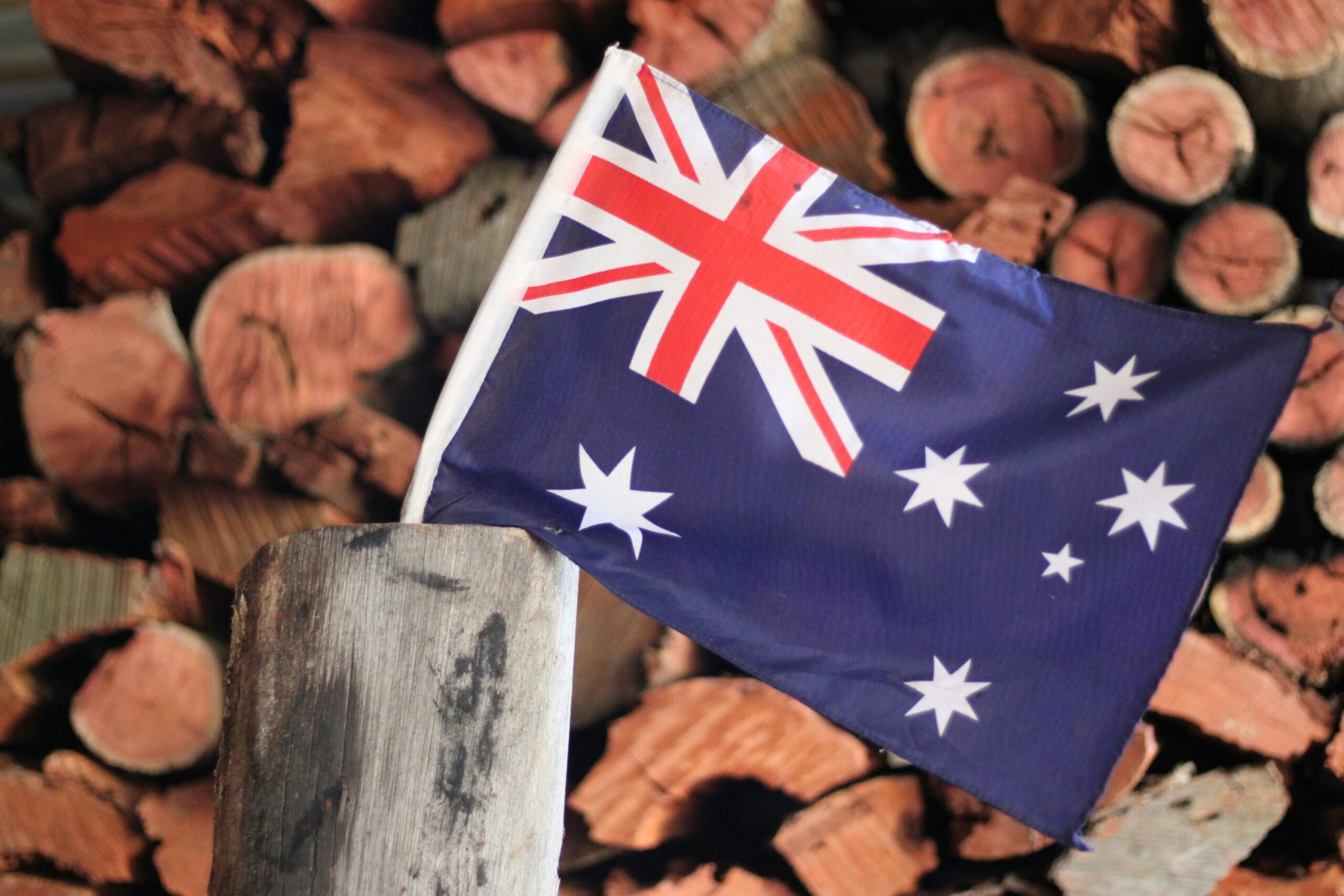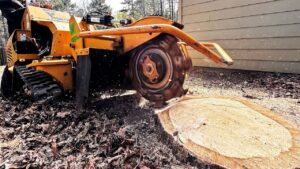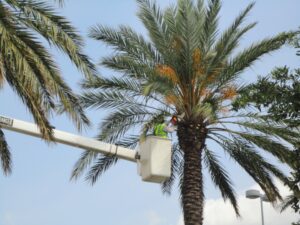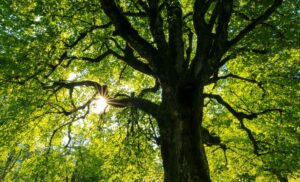Tree Removal Australia: Laws, Permits, Applications & Costs
When it comes to removing trees on your Australian property, navigating the complex web of regulations can feel overwhelming. Whether you’re clearing land for development, addressing safety concerns, or simply redesigning your landscape, understanding the legal framework surrounding tree removal is essential before you pick up a chainsaw or call a professional.
Understanding Australian Tree Protection Laws
Australia’s approach to tree management reflects its commitment to environmental conservation while balancing property owners’ rights. Each state and territory maintains its own regulations governing tree removal, with additional layers of rules at the local council level.
The primary objective of these laws is to preserve native vegetation, protect significant trees, and maintain urban canopy cover. This focus stems from trees’ critical role in ecosystem health, biodiversity support, and climate change mitigation.
The legal framework for tree removal typically includes:
State-Level Legislation
Australia’s states and territories have established various environmental protection acts that govern vegetation management. For example, New South Wales operates under the State Environmental Planning Policy (Vegetation in Non-Rural Areas) 2017, while Victoria implements the Planning and Environment Act 1987.
These state-level laws create the foundational framework within which local councils develop more specific regulations. They often distinguish between rural and urban areas, with different rules applying to each context.
Local Council Regulations
Your local council holds significant power in determining whether you can remove a tree. Councils typically maintain a Tree Preservation Order (TPO) or similar policy document that outlines:
- Definition of protected trees (usually based on species, size, or significance)
- Circumstances under which removal is permitted
- Application process for tree removal permits
- Penalties for unauthorized removal
Heritage and Environmental Protection
Additional protections may apply if your tree is:
- Listed on a significant tree register
- Part of a heritage property
- Located in an environmentally sensitive area
- Habitat for protected wildlife species
It’s worth noting that regulations can change over time as governments respond to environmental challenges and community concerns. For the most current information specific to your location, you should consult your local council’s website or the relevant state department of planning or environment.
When Do You Need a Permit for Tree Removal?
In most Australian jurisdictions, you’ll need a permit to remove trees that meet certain criteria. While the specific requirements vary, permits are typically necessary when:
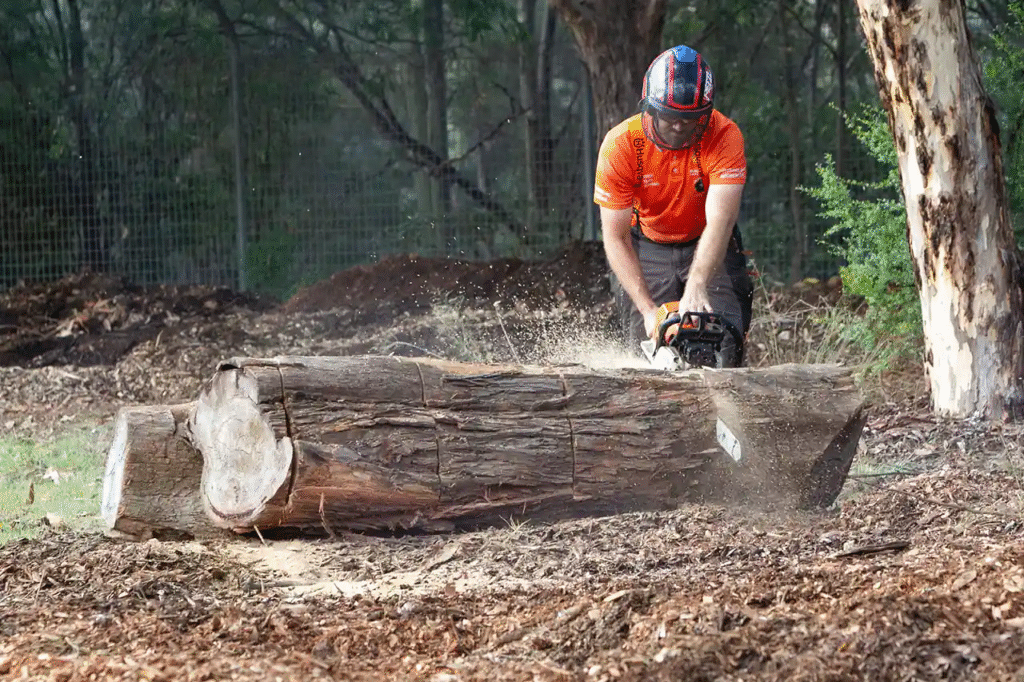
Size Thresholds
Many councils establish minimum size requirements for protected trees. For example, a common threshold is trees exceeding 4-5 meters in height or with a trunk diameter greater than 30cm when measured at chest height.
Protected Species
Certain native tree species receive special protection regardless of size. These often include iconic Australian species like River Red Gums, Moreton Bay Figs, and various eucalypts.
Location Factors
Trees in environmentally sensitive zones, heritage conservation areas, or those identified as significant landscape features typically require permits for removal.
Dead or Dangerous Trees
Even when a tree appears dead or dangerous, you usually still need council approval before removal. Many councils offer expedited assessment processes for genuinely hazardous trees.
Exemptions from Permit Requirements
Some circumstances may exempt you from needing a permit, although these vary significantly between jurisdictions:
Invasive Species
Many councils permit the removal of declared noxious or invasive species without approval.
Distance from Structures
Trees within a specific distance from your house or other structures (often 3-5 meters) might be exempt from permit requirements in some areas.
Fruit Trees
Some councils exclude certain fruit trees from protection, particularly non-native species grown for personal consumption.
Emergency Situations
Imminent danger to people or property may justify immediate removal without prior approval, though you’ll typically need to provide evidence of the emergency afterward.
The Application Process for Tree Removal Permits
When you determine that you need a permit to remove a tree, the application process generally follows these steps:
1. Initial Assessment
Before applying, you should:
- Identify the tree species (if possible)
- Measure the height and trunk diameter
- Document the tree’s condition with photographs
- Note any relevant issues (disease, structural problems, proximity to structures)
2. Application Submission
Most councils accept applications online, though paper forms may also be available. Your application typically requires:
- Your contact information and property details
- Specific location of the tree(s) on your property
- Reason for removal request
- Tree species information
- Supporting documentation (photos, arborist reports if available)
- Application fee payment
3. Council Review
Once submitted, your application undergoes review by council officers, which may include:
- Site inspection by a council arborist
- Assessment against local environmental plans
- Consideration of neighborhood character and amenity
- Evaluation of alternatives to removal
4. Decision and Conditions
The council will provide a written determination, which may:
- Approve the removal without conditions
- Approve with conditions (such as replacement planting)
- Deny the request with reasons provided
- Request additional information
5. Appeals Process
If your application is denied, most jurisdictions offer a formal appeals process, which might involve:
- Request for reconsideration
- Submission of additional expert evidence
- Appeal to a planning tribunal or court
The Cost of Tree Removal in Australia
The financial aspect of tree removal involves both permit fees and the actual removal costs.
Permit Fees
Council fees for tree removal applications vary widely across Australia:
| State/Territory | Typical Application Fee Range | Additional Inspection Fees | Processing Time |
|---|---|---|---|
| New South Wales | $80-$150 | $50-$100 | 4-6 weeks |
| Victoria | $100-$250 | May be included | 2-8 weeks |
| Queensland | $150-$400 | $60-$150 | 4-8 weeks |
| Western Australia | $90-$200 | Varies by council | 3-6 weeks |
| South Australia | $70-$170 | Often included | 4-8 weeks |
| Tasmania | $50-$150 | $40-$100 | 2-4 weeks |
| Northern Territory | $100-$250 | Usually included | 3-6 weeks |
| Australian Capital Territory | $90-$180 | May apply | 4-8 weeks |
These fees generally cover administrative processing and may not include inspection costs. Some councils charge additional fees for multiple trees or expedited processing.
Professional Removal Costs
Once you’ve secured permission, the cost of professional tree removal depends on several factors:
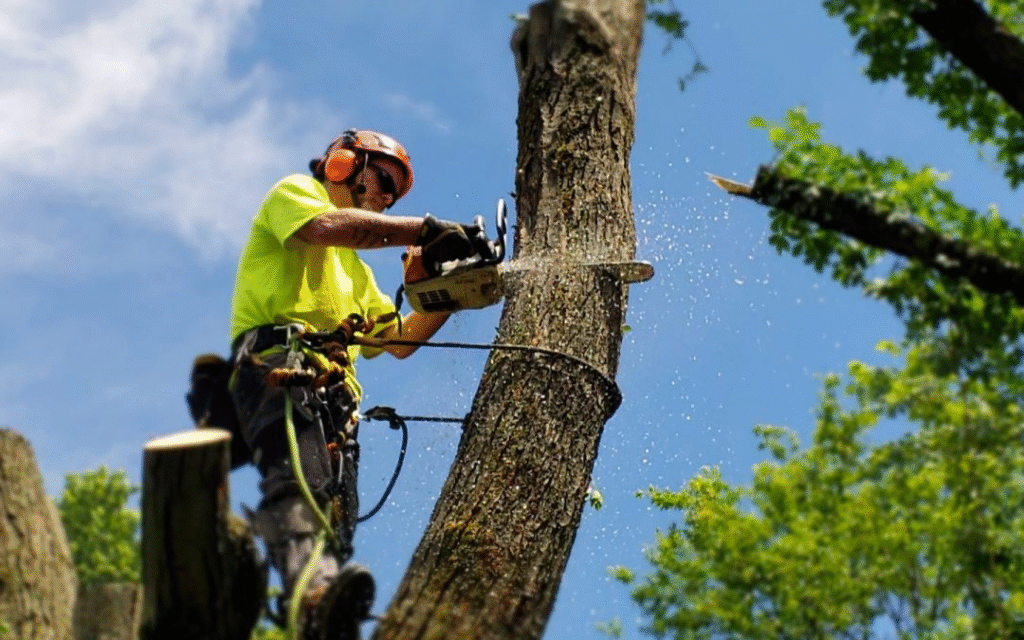
Tree Size and Complexity
Larger trees require more equipment, specialized techniques, and greater expertise, significantly increasing costs. A small tree might cost $300-$700 to remove, while large trees exceeding 15 meters can range from $1,500 to $5,000 or more.
Access and Location
Trees in difficult-to-access locations or close to structures require more careful work and sometimes specialized equipment, increasing the price. Trees near power lines often require coordination with utility companies, adding complexity and cost.
Stump Removal
Standard tree removal typically doesn’t include stump removal, which is usually priced as an additional service. Stump grinding generally costs $100-$400 depending on size, while complete stump removal (including roots) ranges from $200-$700.
Disposal Requirements
The cost of processing and disposing of the tree material can vary based on local facilities and whether you want to keep any of the wood. Some services offer reduced rates if you retain the firewood or mulch.
Additional Services
Consider whether you need:
- Emergency services (significantly higher rates)
- Specialized arborist reports ($250-$500)
- Replacement planting services
- Cleanup and landscaping of the affected area
Penalties for Unauthorized Tree Removal
Removing protected trees without proper approval can result in severe penalties under both state laws and local regulations.
Financial Penalties
Fines for illegal tree removal can be substantial:
- Individual property owners may face penalties ranging from $2,000 to $100,000 per tree
- Businesses and developers can incur much larger fines, potentially reaching millions of dollars for significant violations
- Some jurisdictions apply daily penalties for ongoing non-compliance
Legal Actions
Beyond financial penalties, other potential consequences include:
- Court-ordered replacement planting
- Remediation orders requiring landscape restoration
- Criminal charges in severe cases
- Development application refusals or conditions
Real-World Cases
Australian courts have demonstrated a willingness to impose significant penalties in cases of unauthorized tree removal. For example, in 2018, a Sydney property owner was fined $48,000 for removing two protected trees without council permission. In another notable case, a developer faced a $1.2 million fine for clearing endangered vegetation in Queensland.
Choosing a Tree Removal Service
When selecting a professional tree removal service, consider these factors:
Licensing and Insurance
Ensure the company holds:
- Appropriate arborist qualifications
- Public liability insurance (minimum $10 million coverage)
- Workers’ compensation insurance
- Any required state or local licensing
Experience and Specialization
Look for companies with:
- Demonstrated experience with your specific tree species
- Familiarity with local council requirements
- Specialized equipment for your particular situation
- Positive reviews or references
Written Quotes and Services
Obtain detailed written quotes specifying:
- Exactly what services are included
- Timeline for completion
- Cleanup provisions
- Whether permits are included or separate
- Any guarantees or warranties offered
Alternatives to Tree Removal
Before proceeding with removal, consider whether alternatives might better serve your needs:
Pruning and Maintenance
Strategic pruning by a qualified arborist can often address many concerns about safety or aesthetics without requiring complete removal. Regular maintenance can extend tree life while controlling size and shape.
Root Barriers
For trees causing foundation or plumbing issues, installing root barriers may provide a solution that preserves the tree while protecting your property.
Transplanting
Though expensive and not always feasible, relocating valuable trees to another part of your property or a new location entirely might be worth considering for significant specimens.
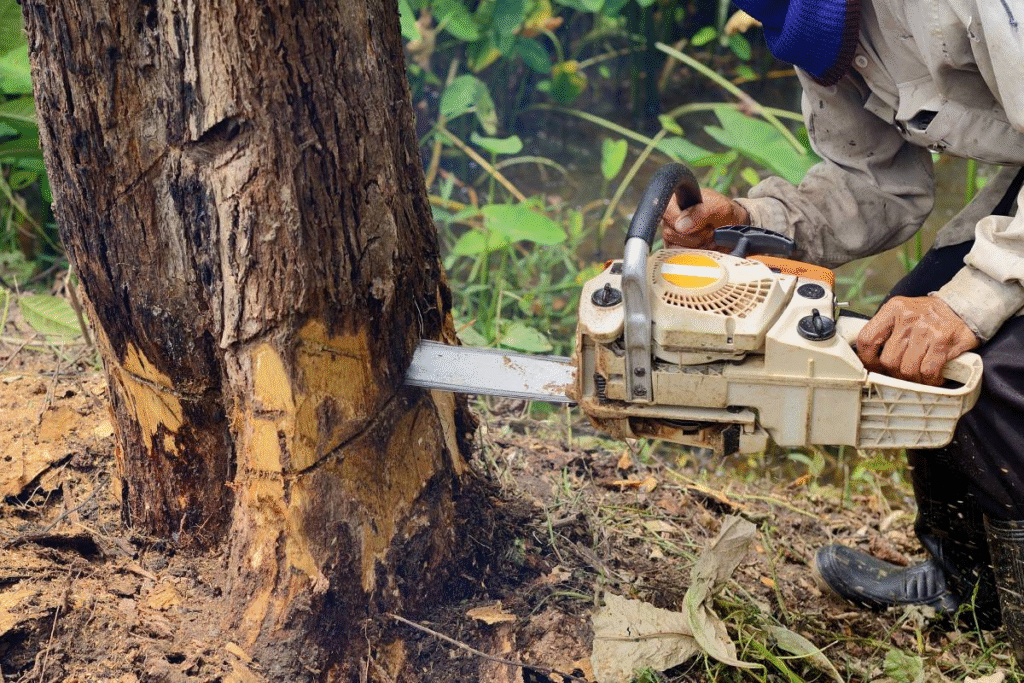
Sustainable Approaches to Tree Management
Australia increasingly emphasizes sustainable urban forestry practices:
Replacement Planting
Many councils that approve tree removals require replacement planting, often at ratios of 2:1 or higher. Selecting appropriate native species for replacement can enhance local biodiversity while providing similar benefits.
Habitat Creation
Dead or dying trees sometimes have significant ecological value as habitat. Consider whether a tree can be safely retained as a “habitat tree” with appropriate modifications rather than complete removal.
Salvage and Reuse
When removal is necessary, explore options for reusing the timber:
- Milling for furniture or construction
- Creating garden features or mulch
- Donating to community woodworking projects
- Using as firewood (where permitted)
Resources for Further Information
For the most accurate and current information about tree removal in your area, consult:
- Your local council’s website and planning department
- State government environment or planning departments
- The Australian Government Department of Agriculture, Water and the Environment: https://www.awe.gov.au/environment/biodiversity/conservation
- Professional arborist associations such as Arboriculture Australia
Conclusion
Navigating tree removal regulations in Australia requires careful attention to both local and state requirements. By understanding the legal framework, following proper application procedures, and working with qualified professionals, you can manage your trees responsibly while avoiding costly penalties. Remember that Australia’s tree protection laws aim to balance property rights with broader environmental benefits, ensuring that the country’s unique natural heritage continues to thrive for future generations.
